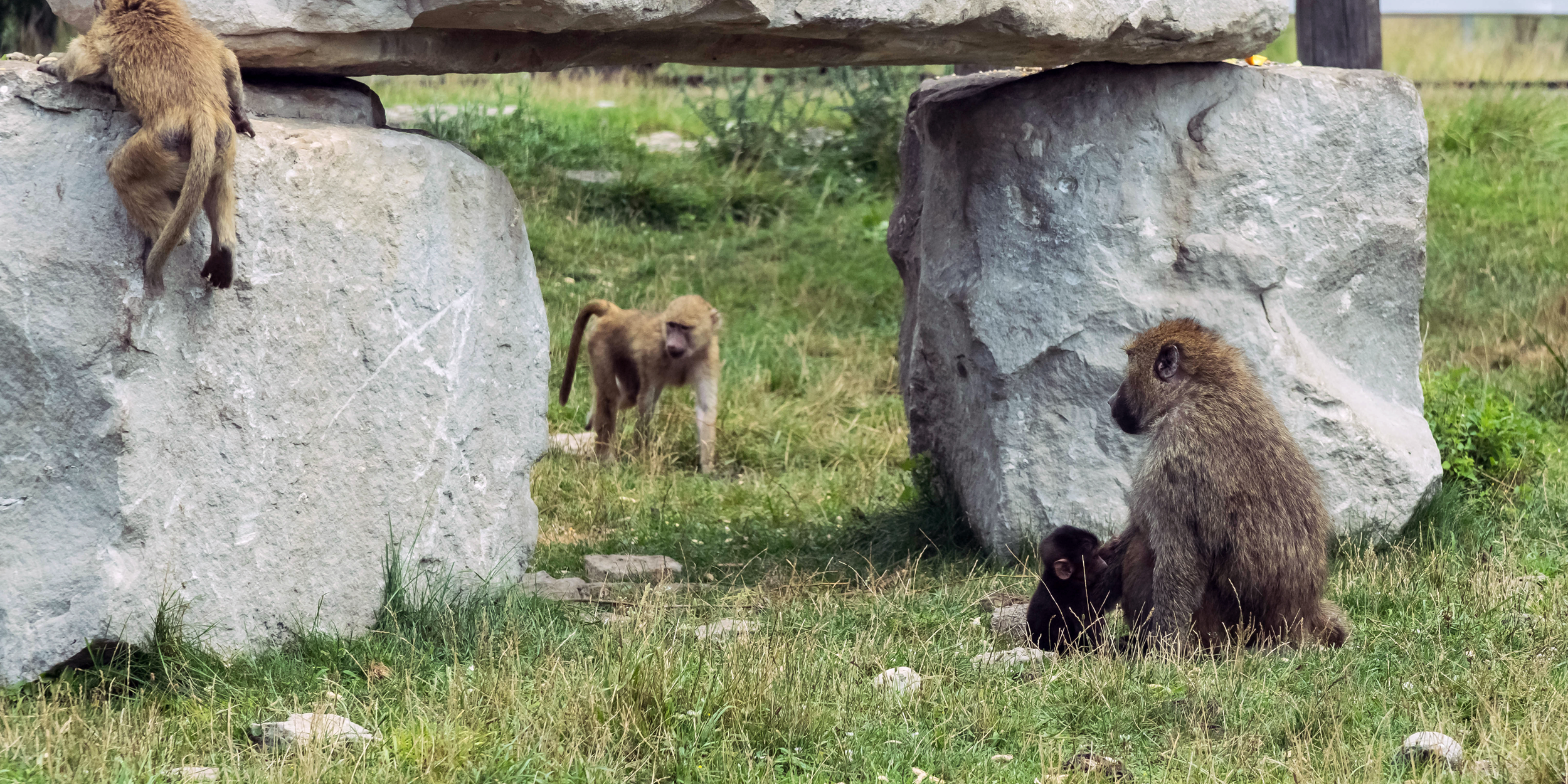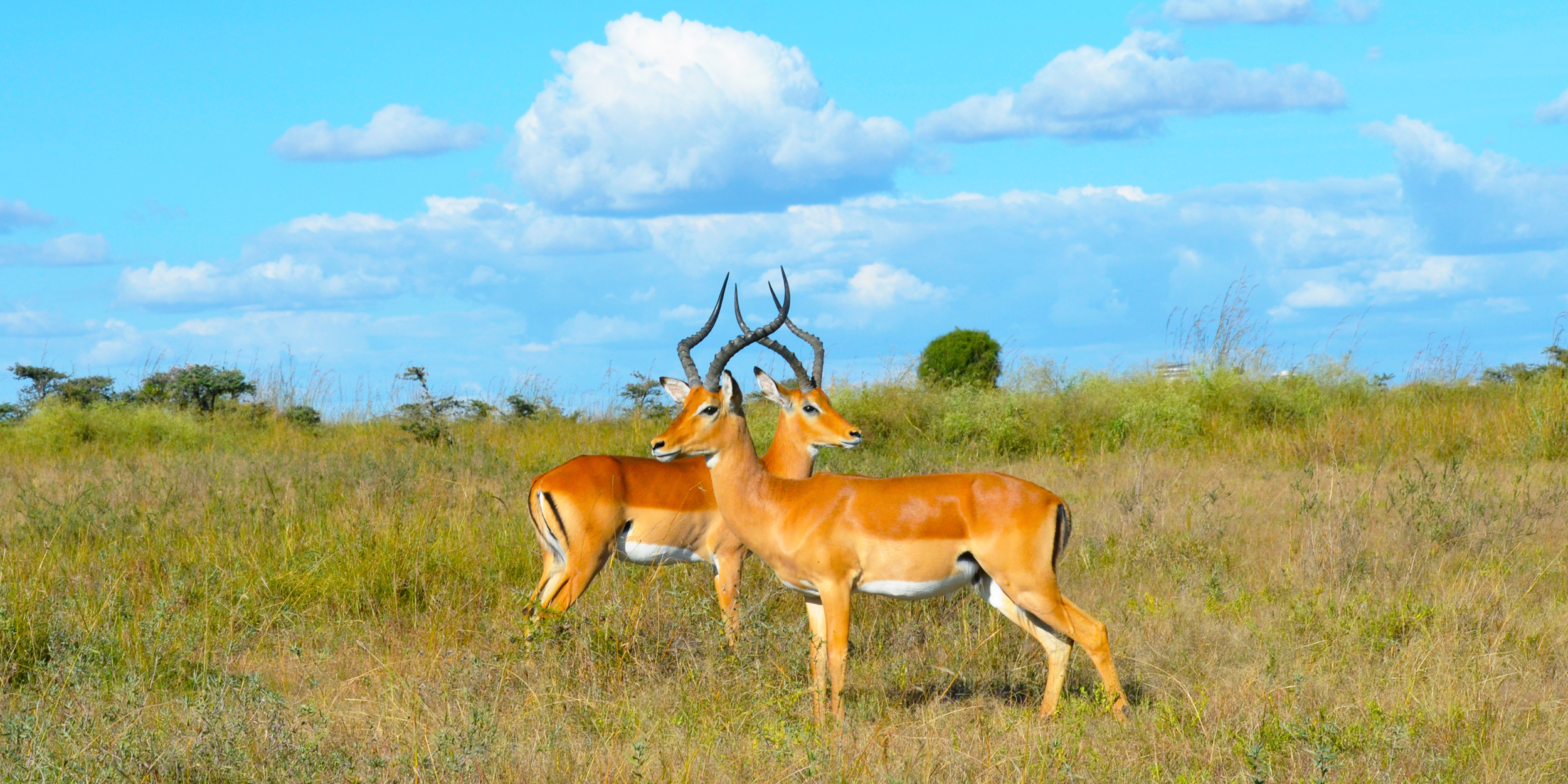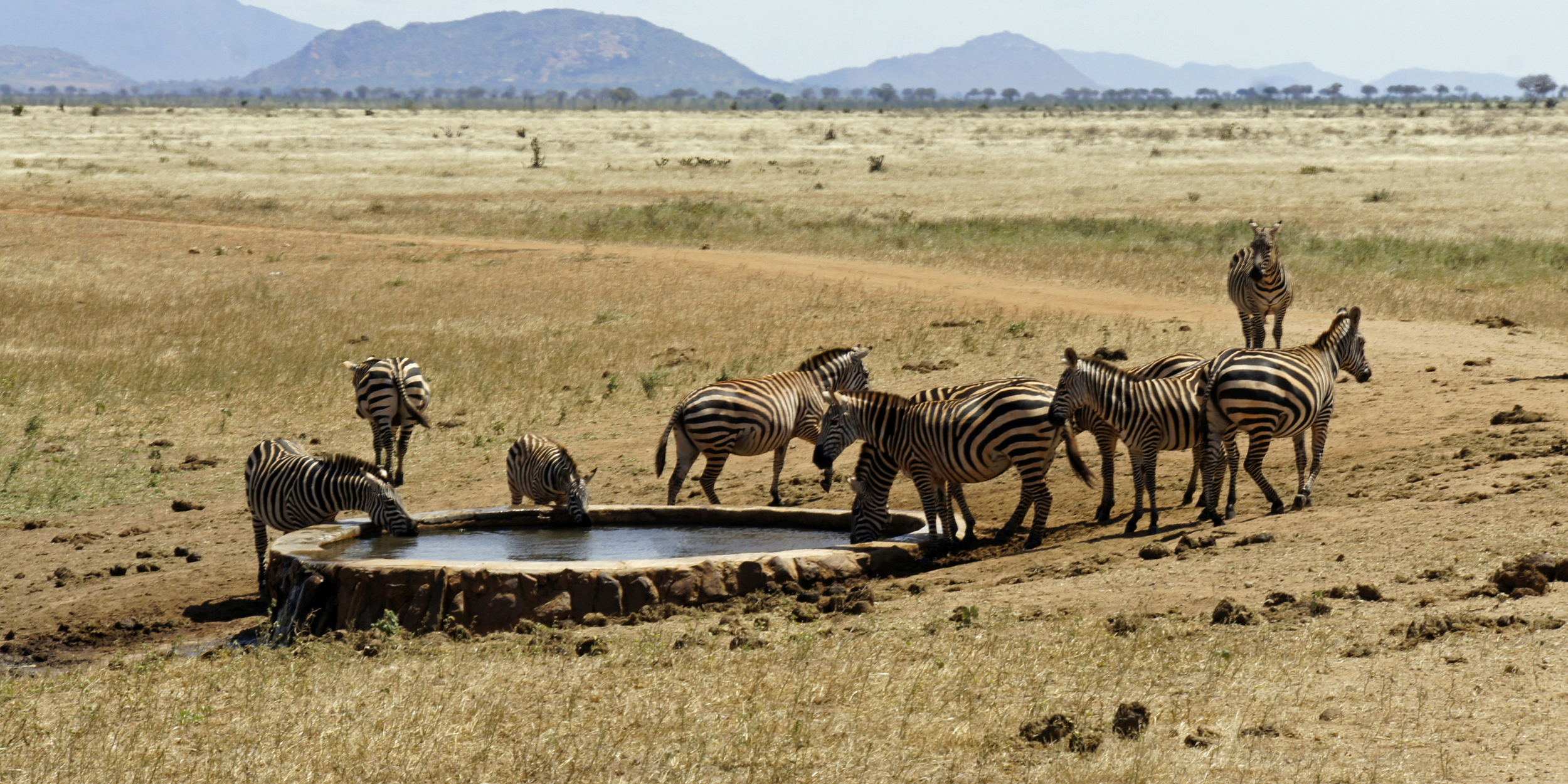Wildlife draws tourists from around the world to Kenya. Predators, grazers, primates, and aquatic animals inhabit the country. Kenya’s biodiversity attracts safari and environmentalists.
The Big Five are buffalo, elephant, rhino, lion, and leopard
These are the five hardest foot gun animals to hunt. The creatures include buffalo, lions, leopards, elephants, and rhinos. They are safari’s most popular creatures. Lions are considered kings of the jungle due to their majestic appearance and thunderous roar. A sly leopard may climb trees and draw its prey into the limbs. The largest terrestrial mammal, the elephant, is smart and gregarious. Kenya protects the critically endangered rhino. Buffaloes are powerful.

Wild Dog, Hyena, Cheetah
Kenya has hyenas, wild dogs, and cheetahs along with the Big Five. These safari animals hunt differently. The cheetah is the fastest land animal, reaching 70 mph in bursts. Hyenas are smart scavengers. African-painted dogs, sometimes known as wild dogs, are gregarious, social, and endangered.
Antelope, Zebra, Giraffe, Wildebeest graze
Kenya’s grasslands have antelopes, wildebeests, giraffes, and zebras. This herbivore has enormous herds. They control grass growth and improve ecology by grazing. The tallest animal on land, the giraffe, can reach tree leaves with its long neck. Black and white stripes help zebras blend into grasslands. Every year, millions of wildebeest migrate from Tanzania’s Serengeti to Kenya’s Masai Mara. Eland, gazelle, and impala antelopes are swift.
Monkeys and Baboons
Kenyan monkeys and baboons are primates. These intelligent, sociable mammals live in many ecosystems nationwide. Large canine teeth and snouts identify baboons. They have complex civilizations and big groups. Vervet and colobus monkeys are common in Kenya. Fast climbers, swing over branches for food.
 Hippos and Crocs
Hippos and Crocs
The lakes and rivers of Kenya are home to hippos and crocodiles. The aquatic creatures have odd bodies. Crocodiles are 20 feet long and scary. They strike quickly after lurking near the sea. Hippopotamuses cool off in the water. Even as vegetarians, hippos are among Africa’s most dangerous creatures due to their territoriality.
Kenya has over 1,000 bird species, making it a birdwatcher’s paradise. Many bird species live in meadows, ponds, and woods around the country. Lake Nakuru in Kenya has pink flamingos. Martial and African fish eagles hunt aerially. Ostriches, the world’s largest bird, run fast across Kenyan savannahs.
Black Rhinos and Grevy’s Zebras are endangered
Kenya has serious wildlife depletion. Kenya’s strict laws protect Grevy’s zebras and black rhinos. Traditional medicine uses black rhino horns, which have been poached to extinction. Conservation is underway for these creatures and their habitats. Livestock competition and habitat loss threaten Grevy’s zebra. Conservation groups safeguard and promote these species.
Top Wildlife National Parks and Reserves
Kenya’s national parks and reserves offer animal viewing. Every park offers unique animals and scenery. Masai Mara National Reserve, where the wildebeest migrate, is one of Kenya’s most visited parks. Amboseli National Park has stunning views of Mount Kilimanjaro and elephant populations. Giraffes, lions, and cheetahs live in Kenya’s largest national park, Tsavo.
 Kenya’s conservation efforts
Kenya’s conservation efforts
Kenya has improved its wildlife and environmental protection. The country prohibits wildlife trafficking and poaching. Community-based conservation has provided alternate livelihoods and wildlife conservation. The protected areas, reserves, and national parks of Kenya show its conservation efforts.
Success Advice for Safari
Book your Kenya safari early and pick the finest time. Animals concentrate near water sources during the dry season, June–October, making it the optimum time to watch wildlife. Choose a tour company that treats animals and the environment ethically. Safaris necessitate respecting animal space and without meddling. Follow park rules to protect people and animals.
In summary
Kenya’s wildlife and scenery entice travelers. Safari features birds, primates, and the Big Five for everyone. Travelers may help endangered species by practicing responsible tourism. Kenyan safaris can be once-in-a-lifetime experiences if prepared and considerate of the animals and their environments.

